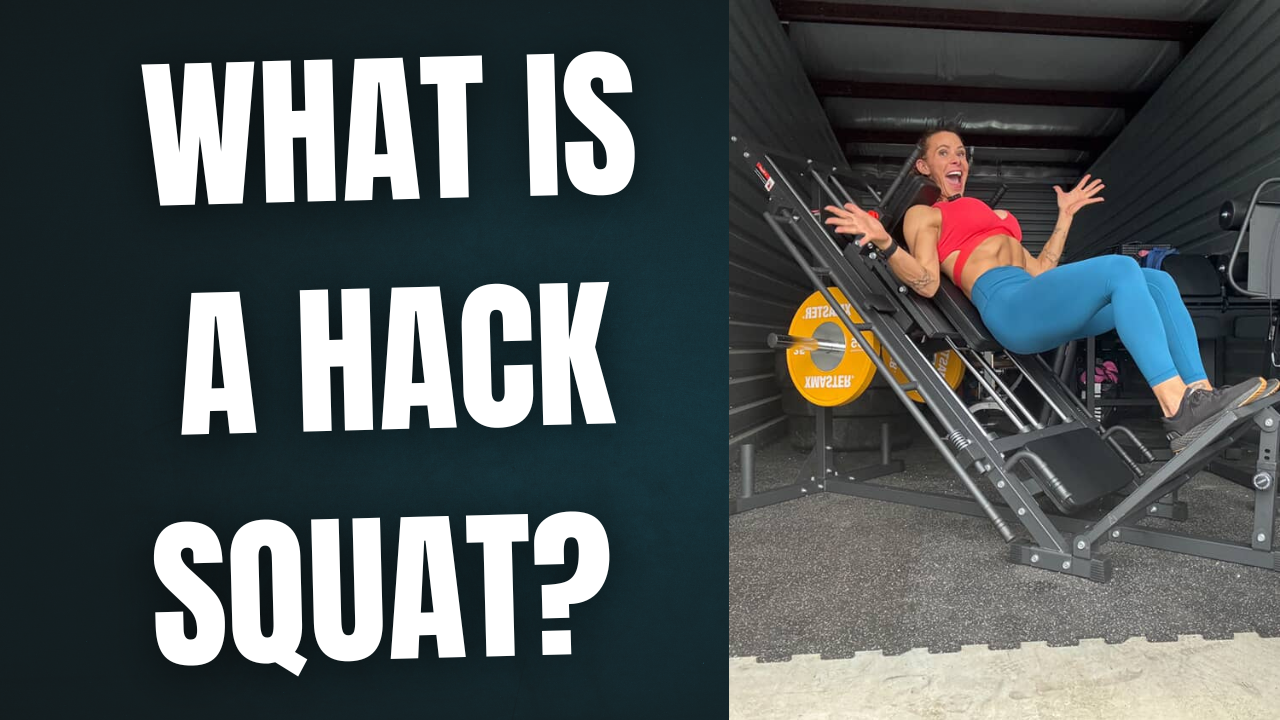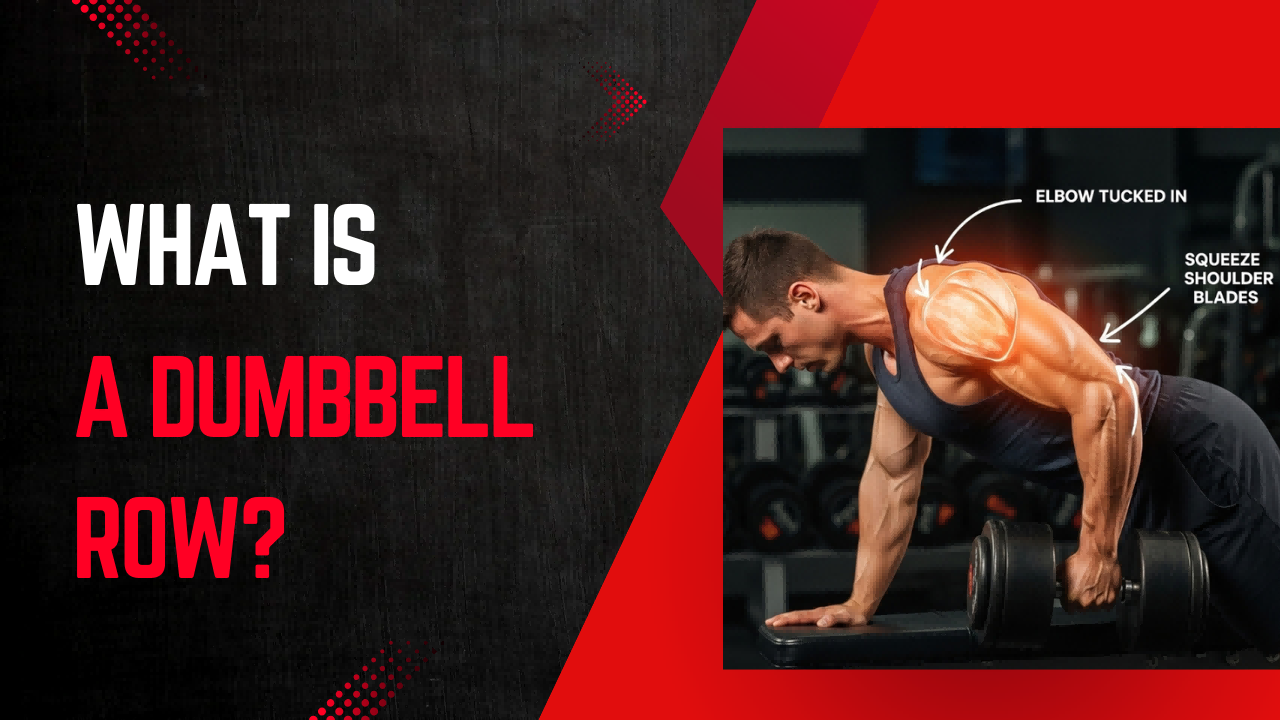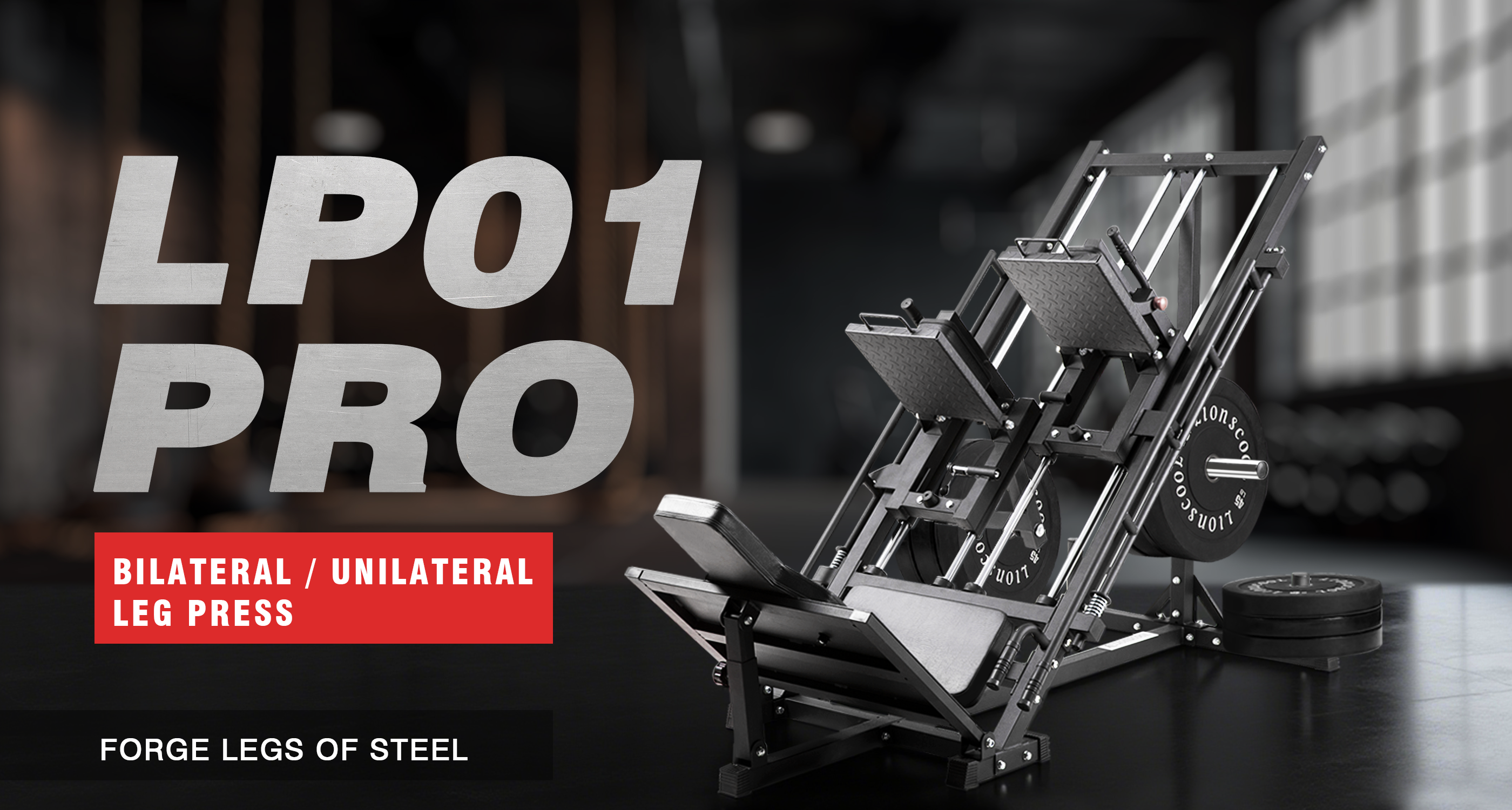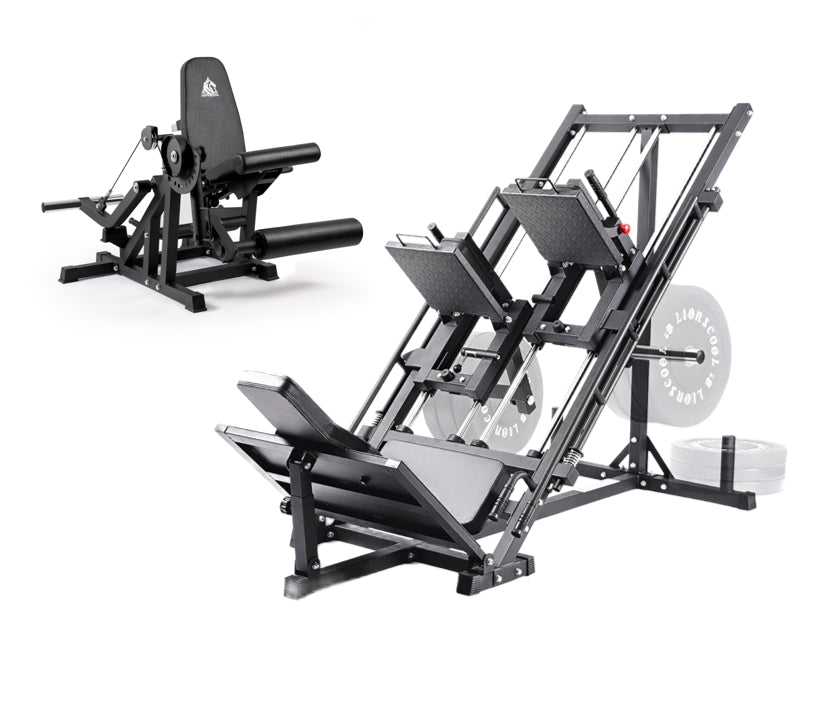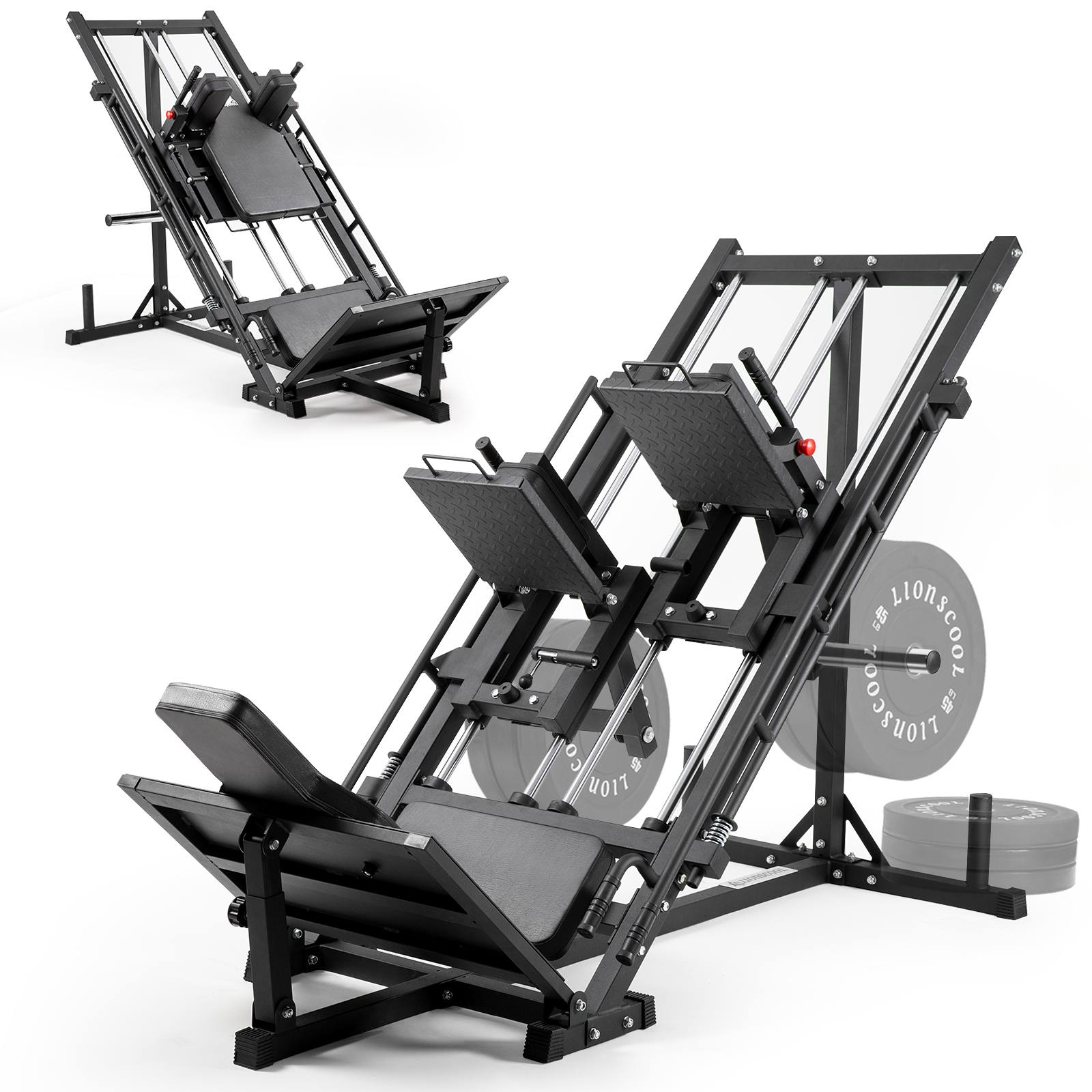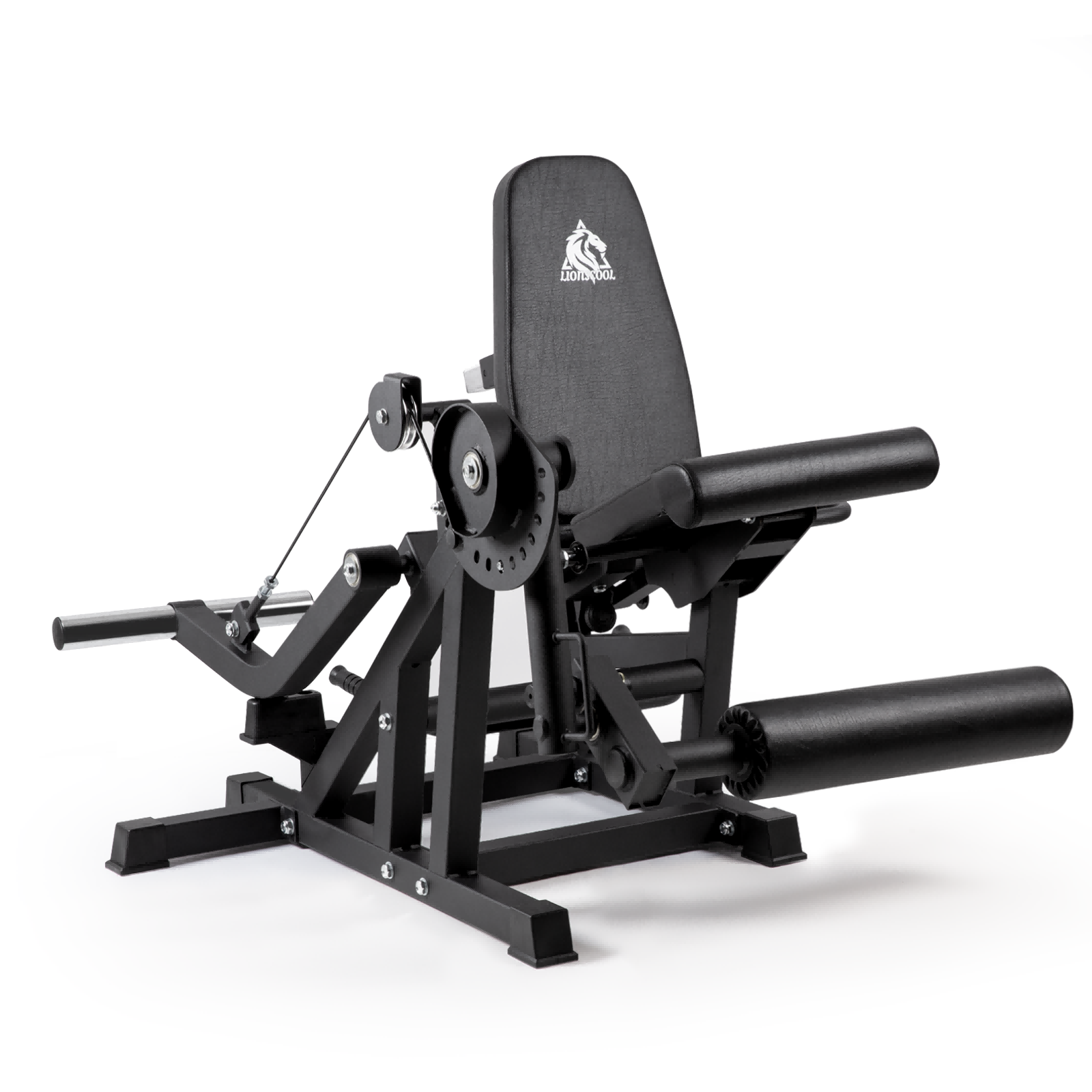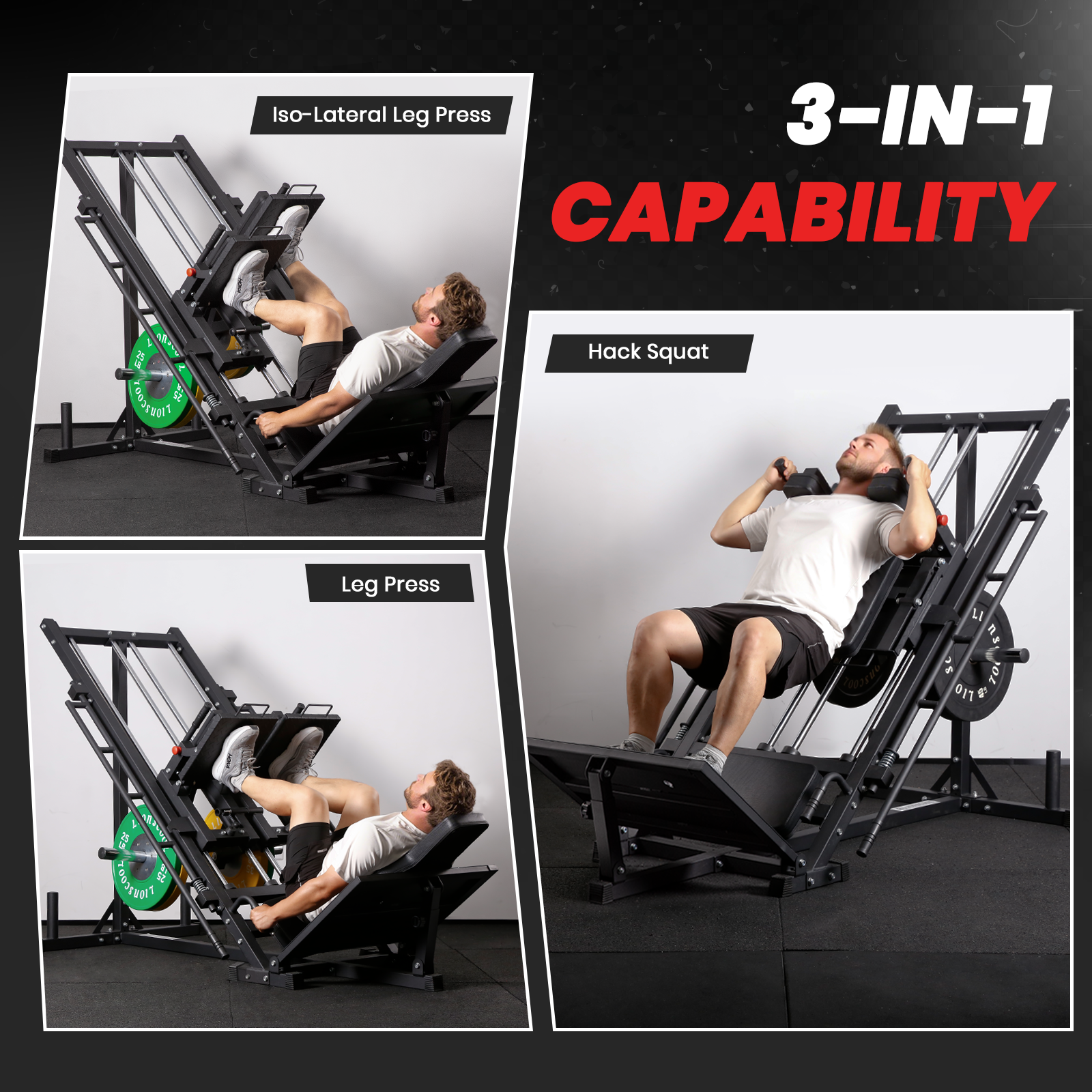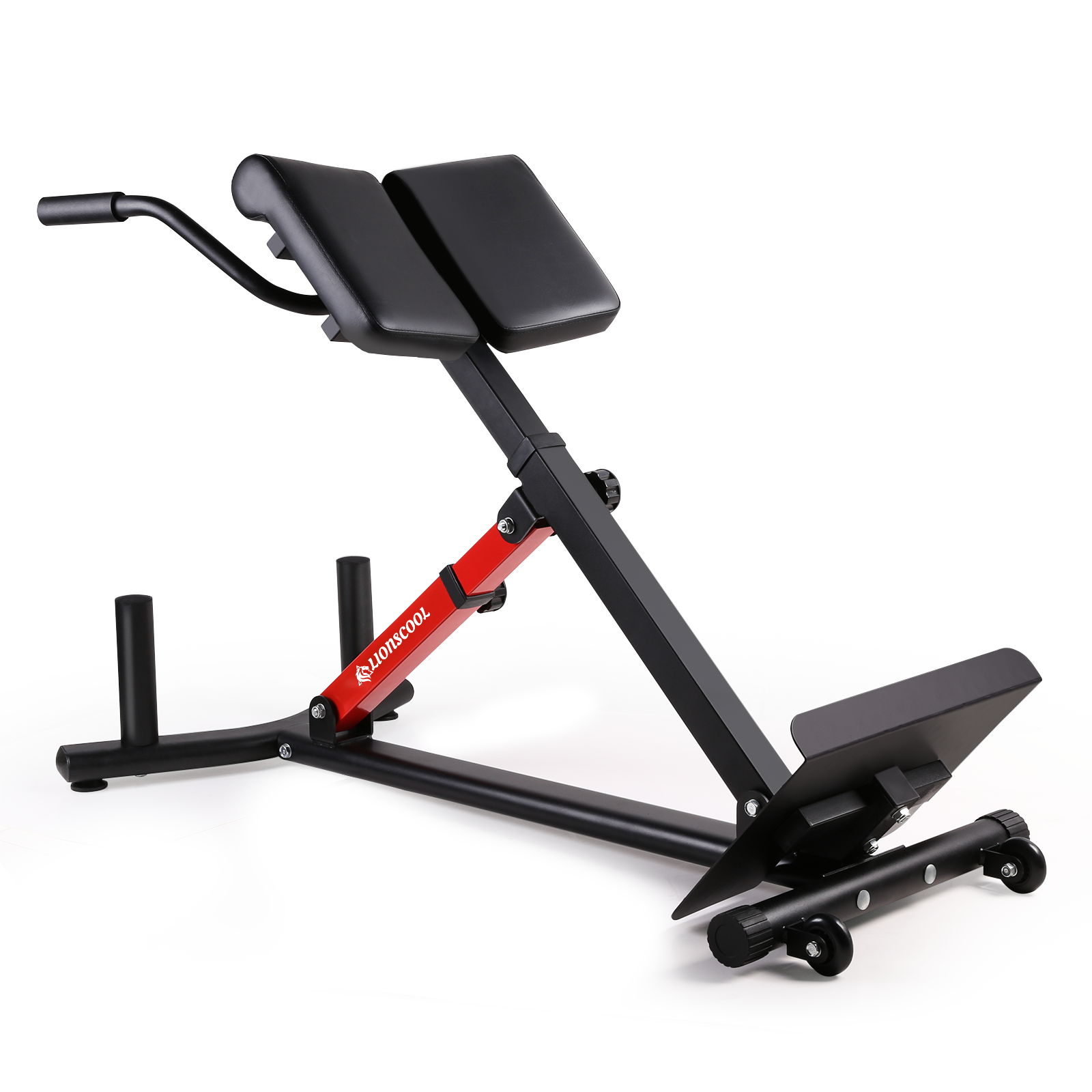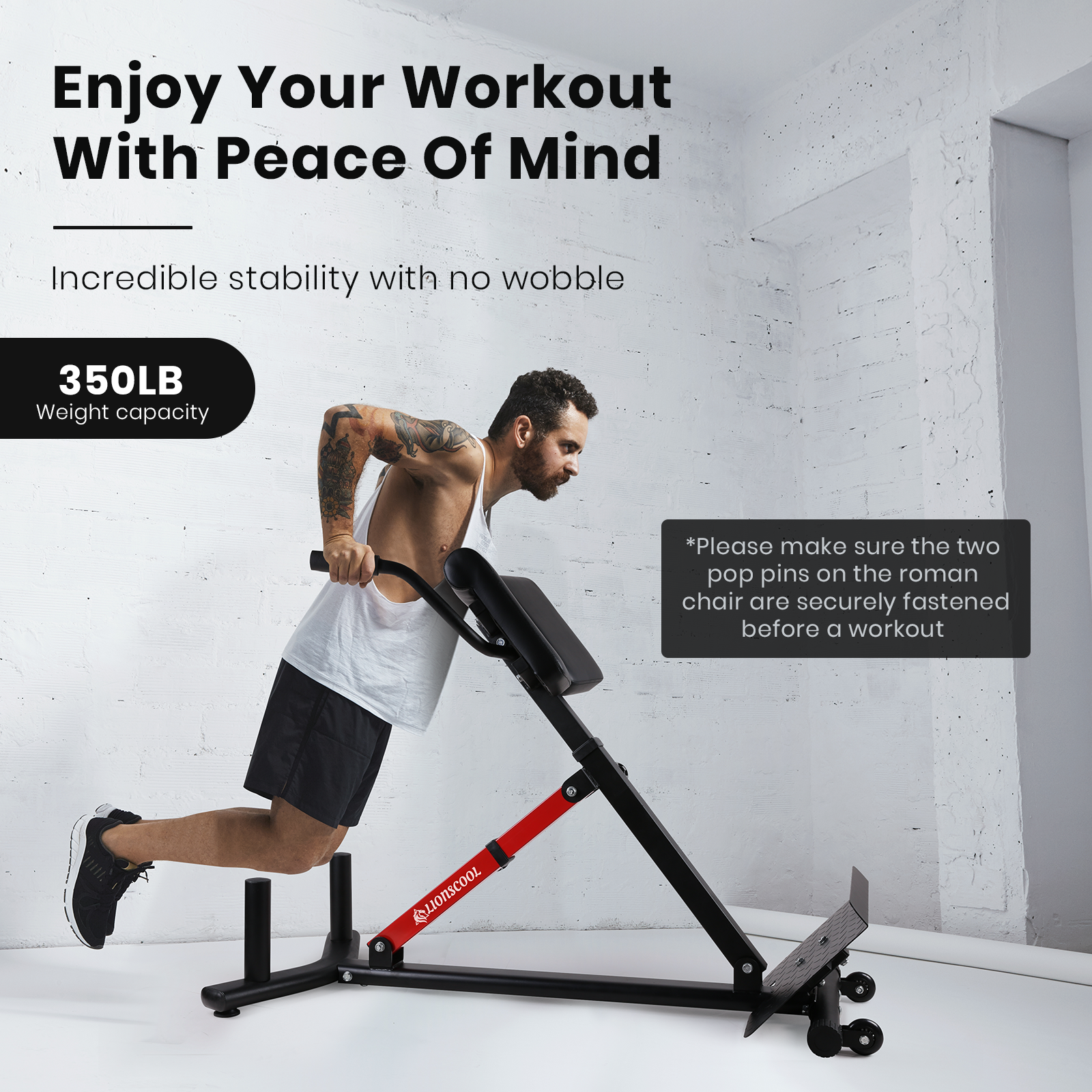Pull-ups are excellent for developing upper body strength, but many individuals struggle with how-to-improve-your-pull-ups effectively. This challenge often stems from common training mistakes. Research indicates that push-up muscles are typically stronger than pull-up muscles, with a strength difference ranging from 1.57 to 2.72:1. If this imbalance isn’t addressed, it could lead to injuries. Learning how-to-improve-your-pull-ups by using proper techniques can help correct this issue while also strengthening key muscles for enhanced fitness. Regular practice and focusing on improving your pull-up form will significantly boost your results.
Key Takeaways
- Use the right form to stay safe and do better. A strong grip and tight core are very important.
- Start with easier exercises like ring rows and assisted pull-ups. These help your muscles get ready for full pull-ups.
- Take breaks to let your body heal. Doing too much can make you tired or hurt, so rest enough.
- Mix things up in your workouts. Try new pull-up styles or add weights to get stronger and keep it fun.
- Make goals you can reach and check your progress. Celebrate small wins to stay excited and stick with your pull-up practice.
Improper Form in Pull-Up Training
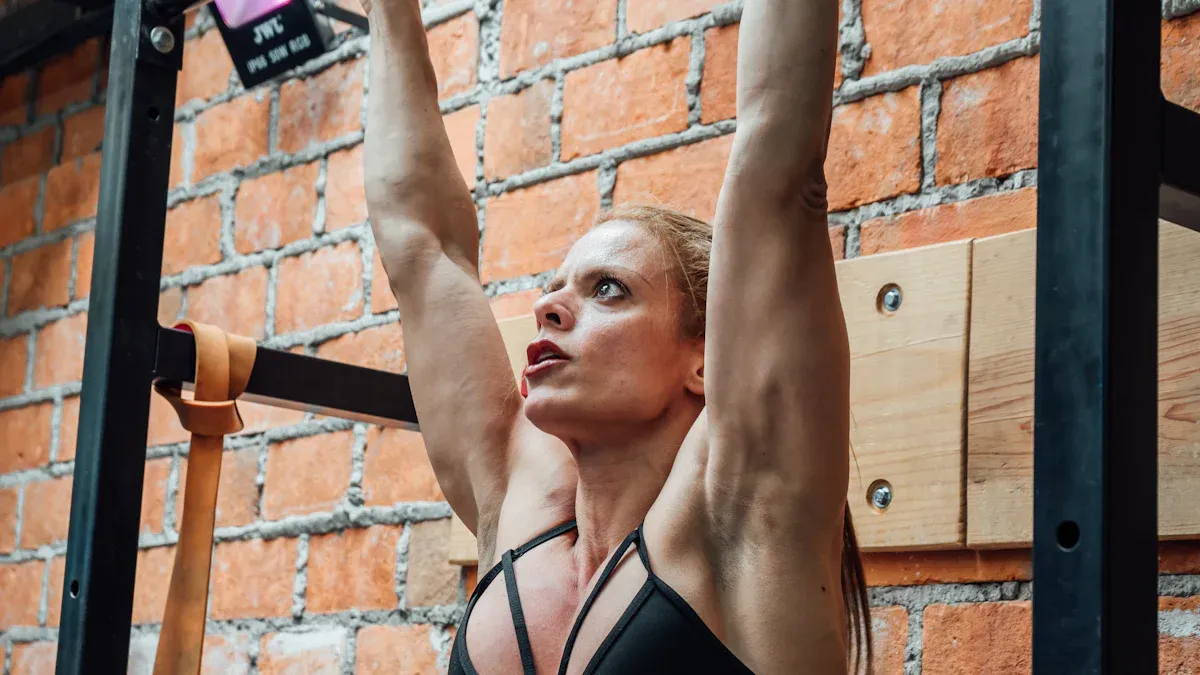
Common pull-up mistakes in form
Many people find pull-ups hard because of common form mistakes. These errors can stop progress and might even cause injuries. Some frequent pull-up mistakes are:
|
Mistake |
Explanation |
|---|---|
|
Weak Grip |
A weak grip makes it hard to hold the bar, even if your upper body is strong. |
|
Skipping Important Build-Up Exercises |
Jumping straight to pull-ups without preparation can lead to errors. |
|
Lack of Variation |
Not trying different pull-up styles can slow strength and skill growth. |
Weak grip strength is often ignored but very important. Without a strong grip, keeping good form during pull-ups becomes tough. Skipping basic exercises can leave you unready for pull-ups. Also, not adding variety to your routine can stop you from improving your technique.
How improper form affects progress and increases injury risk
Bad form slows progress and raises the chance of getting hurt. Studies show poor pull-up technique can harm shoulders, especially with moves like kipping pull-ups. Key points include:
- Shoulder injuries are common in CrossFit gymnastics moves.
- Dynamic moves like kipping pull-ups increase injury chances.
- Like heavy squats, bad pull-up form can strain muscles and joints.
Research proves that doing pull-ups wrong can cause big problems. For example:
|
Pull-up Technique |
Kinematic Observations |
Injury Risk Implications |
|---|---|---|
|
Reverse Technique |
Too much shoulder rotation |
|
|
Wide Technique |
Limited shoulder movement; awkward arm angles |
Greater chance of shoulder pinching injuries |
|
Scapula Tracking |
Repeated high arm lifts reduce shoulder space |
Higher risk of shoulder pinching injuries |
These findings show why good form is so important. Poor scapula tracking or using a wide grip can hurt your shoulders, stopping your training for weeks or months.
How-to-improve-your-pull-ups with correct technique
Good form is key to getting better at pull-ups. Start with the basics. Tighten your core, keep your shoulders down, and don’t swing your legs. Good form helps you work the right muscles and avoid injuries.
Research shows instability training can improve pull-ups a lot. For example:
- An eight-week unstable lat pull-down program boosted pull-up endurance by 45.5%.
- Instability training made muscles work better and reduced opposing muscle tension.
To practice good form, try these tips:
- Grip the bar firmly: A strong grip gives you control and balance.
- Engage your core: Tighten your abs to keep your body straight.
- Pull with your back, not your arms: Use your lats to lift yourself up.
- Control the movement: Move smoothly without jerking or swinging.
By following these tips, you can improve your pull-ups and see better results. Stay consistent and focus on the details to master this tough exercise.
Skipping Foundational Pull-Up Exercises
Why foundational strength matters for pull-ups
You need basic strength to do pull-ups well. Without it, your body might struggle, causing frustration or injuries. Foundational strength helps activate key muscles like your lats, shoulders, and core. These muscles are important for pulling yourself up. It also builds grip strength, which is often a weak point in pull-ups.
Skipping basic exercises is a common mistake in pull-up training. Many people try full pull-ups without preparing their muscles first. This can lead to bad form and slow progress. By building foundational strength, you can improve faster and avoid injuries.
Beginner pull-up exercises to build strength
If you're just starting, beginner pull-up exercises can help. These exercises strengthen the same muscles and teach good form. Try these options:
- Ring rows: Strengthen your back and protect your shoulders. Change your body angle to adjust difficulty.
- Assisted pull-ups with a bar: Keep your feet on the ground for support. This reduces strain on your upper body while practicing the motion.
- Assisted pull-ups with a super band: Use a resistance band to support your weight. This helps you keep good form and build strength over time.
For the best results, do two to four sets of eight to twelve reps of assisted pull-ups with a super band. This helps you improve steadily without overworking.
Moving from assisted to unassisted pull-ups
To do unassisted pull-ups, follow a step-by-step plan. One helpful method is false grip training. This strengthens your grip and upper body for full pull-ups. Use a resistance band and keep your elbows close as you pull the rings to your chest.
As you get stronger, aim to do several pull-ups with the false grip. This shows you're ready for unassisted pull-ups. Take your time to avoid setbacks and keep improving. Celebrate small wins, like your first unassisted pull-up, to stay motivated.
Overtraining and Ignoring Recovery
Signs of overtraining in pull-up routines
Doing too many pull-ups without rest can hurt your progress. Overworking your body can make you tired and frustrated. Look out for these warning signs:
- Always feeling tired or weak
- Muscles staying sore for too long
- Not improving even with regular practice
- Workouts feeling harder than usual
- Trouble sleeping or feeling grumpy and unmotivated
Your body might also react with changes like weaker immunity or stress hormone shifts. Ignoring these signs can cause injuries or make you stop improving.
Importance of rest and recovery for pull-up progress
Resting is as important as practicing pull-ups. Rest helps your muscles heal and grow stronger, which is key for getting better. Studies show how recovery helps:
|
Study |
What It Found |
|---|---|
|
Bartolomei et al., 2017 |
Resting longer with moderate workouts builds strength better. |
|
Pareja-Blanco et al., 2019 |
Hard training without rest causes more tiredness and slower healing. |
|
Baz-Valle et al., 2022 |
|
|
Ralston et al., 2017 |
At least 5 sets weekly improves strength the most. |
Balancing hard work with rest keeps you from overtraining and helps you improve steadily.
Structuring a balanced pull-up training plan
A good pull-up plan avoids overtraining and helps you improve. Use these steps to make a balanced routine:
- Check your body size. If your waist is big compared to your height, focus on losing weight first.
- Build basic strength to support your pull-up goals.
- Work on shoulder stability for better movement.
- Keep good posture to do pull-ups correctly.
Don’t rush your training. Slowly increase your effort to get stronger safely. Rest between workouts so your muscles can recover and perform better next time.
Neglecting Supporting Muscles for Pull-Ups
Why supporting muscles matter in pull-ups
Supporting muscles are key to doing pull-ups well. These include your grip, core, and shoulders. They help keep your body steady and assist in pulling yourself up. Without strong supporting muscles, it’s hard to keep good form or finish a pull-up.
Studies show how these muscles affect performance:
|
Performance Factor |
What It Means |
|---|---|
|
Force-Speed Balance |
Shows how muscles handle both strength and speed during pull-ups. |
|
Measures the heaviest weight your muscles can lift, which helps in pull-ups. |
|
|
Power |
Tracks how fast your muscles can work, helping with quick pull-up moves. |
|
Muscle Endurance |
Checks how long your muscles can keep working during pull-ups. |
|
Fatigue Resistance |
Shows how well your muscles avoid getting tired during repeated pull-ups. |
Ignoring these muscles can cause weak grip or poor endurance, slowing your progress.
Exercises to build grip, core, and shoulder strength
To get better at pull-ups, strengthen your grip, core, and shoulders. Add exercises that target these areas to your routine. Here are some good ones to try:
- Dead Hang: Hang from a bar to improve grip strength and endurance.
- Hollow Hold: Tighten your core to help keep your body straight during pull-ups.
- Inverted Row: Strengthens your back and shoulders while teaching proper movement.
- Static Hold Pull-Up: Builds lower trap strength and improves posture for better pull-ups.
Practice these exercises 2-4 times a week. Take your time to improve slowly and avoid injuries.
Why a balanced pull-up plan works best
A balanced pull-up plan builds all your muscles evenly and lowers injury risks. Training supporting muscles along with pull-up muscles improves strength, stability, and endurance. It also helps you try new pull-up styles like chin-ups or wide-grip pull-ups.
Research shows grip type affects pull-up performance:
|
Grip Type |
Muscle Activation Benefit |
Injury Risk |
|---|---|---|
|
Overhand Grip |
Activates middle back muscles more than neutral grip |
Safer with shoulder-width grip |
|
Neutral Grip |
Activates muscles evenly |
No specific risks mentioned |
|
Underhand Grip |
Common in chin-ups; specific effects not detailed |
No specific risks mentioned |
By focusing on grip, core, and shoulder strength, you create a strong base for pull-ups. This reduces mistakes like weak grip and helps you improve over time. A balanced plan leads to better results and steady progress.
No Progression or Variety in Pull-Up Training
Why progression matters for better pull-ups
To get better at pull-ups, you need progression. Without it, your muscles stop improving, and your results stay the same. Slowly making your pull-up exercises harder helps you gain strength, stamina, and skill. Keeping track of your progress helps you avoid mistakes and stay on track.
Different types of progression help in unique ways:
|
What It Does |
|
|---|---|
|
High Weight Sets |
Tracks lifting heavier weights to show strength growth. |
|
Low Weight Sets |
Focuses on lighter weights to improve endurance and form. |
|
Average Line |
Combines high and low sets to measure overall improvement. |
Progression challenges your muscles and keeps your training from getting stuck.
Adding pull-up variations like weighted pull-ups
Trying new pull-up styles makes workouts fun and works different muscles. Weighted pull-ups are great for advanced training. Adding weight makes pull-ups harder, helping you build strength and fight tiredness.
Studies show how weighted pull-ups help:
|
Benefit |
What Research Found |
|---|---|
|
Muscle Strength |
Weighted pull-ups improve muscle strength and speed. |
|
Body Coordination |
Better coordination helps with climbing and other activities. |
|
Fatigue Resistance |
Builds the ability to do more pull-ups without getting tired. |
|
Training Plans |
Trainers can use weighted pull-ups to create better workout plans. |
|
Performance Improvement |
Weighted pull-ups help test and boost climbing and pull-up skills. |
Adding variations like weighted pull-ups helps you improve faster and avoid getting bored.
Setting goals and tracking your progress
Having clear goals is important for pull-up success. Unrealistic goals can make you feel upset or give up. Start by checking your fitness level and setting small, reachable targets. Beginners can try assisted pull-ups or rows. Intermediate levels can work on negative pull-ups or wide grips. Advanced athletes can aim for weighted pull-ups or muscle-ups.
|
Exercises to Try |
|
|---|---|
|
Beginner |
Assisted pull-ups, Inverted rows |
|
Intermediate |
Negative pull-ups, Wide grip pull-ups |
|
Advanced |
Weighted pull-ups, Muscle-ups |
Tracking your progress keeps you motivated and shows where to improve. Write down your reps, sets, and exercises in a notebook or app. Celebrate small wins, like doing your first pull-up or trying a new variation, to stay excited about your training.
Getting better at pull-ups means avoiding common mistakes. These include bad form, overtraining, and ignoring key muscles. Focus on improving slowly and using the right technique. This helps you get stronger and stay safe. Stick to a balanced plan for steady progress over time.
Skipping mistakes makes your pull-ups much better. For example:
|
Performance Measure |
Pulling Up Phase |
Lowering Down Phase |
|---|---|---|
|
Positive Score Average (%) |
35% |
|
|
Negative Score Issues |
Knee Movement, Body Alignment, Balance |
Back Arching |
|
Safety Tips |
Higher injury risk with bad form |
Safer with controlled effort |
Improving pull-ups takes patience and hard work. Celebrate small steps forward to stay motivated and enjoy your training journey.
FAQ
What should you do if you can’t complete a single pull-up?
Start with foundational exercises like assisted pull-ups or ring rows. These exercises build strength in your back, shoulders, and grip. Gradually increase the difficulty as you improve. Consistent training will help you progress toward completing your first unassisted pull-up.
How often should you practice pull-ups?
Practice pull-ups two to three times a week. This frequency allows your muscles to recover while still building strength. Avoid daily pull-up sessions to prevent overtraining and ensure steady progress.
Why is grip strength important for pull-ups?
Grip strength stabilizes your hold on the bar, allowing you to focus on pulling yourself up. A weak grip can limit your performance and lead to poor form. Strengthening your grip improves your overall pull-up technique and reduces the risk of slipping.
Can you improve pull-ups without a pull-up bar?
Yes, you can use alternatives like resistance bands, inverted rows, or dumbbell exercises. These options target similar muscle groups and help you build strength. Once you gain access to a pull-up bar, you’ll find it easier to transition into full pull-up training.
How long does it take to master pull-ups?
The time varies based on your fitness level and consistency. Beginners may take several weeks to months to achieve their first pull-up. Regular practice, proper form, and a balanced training plan will speed up your progress.



